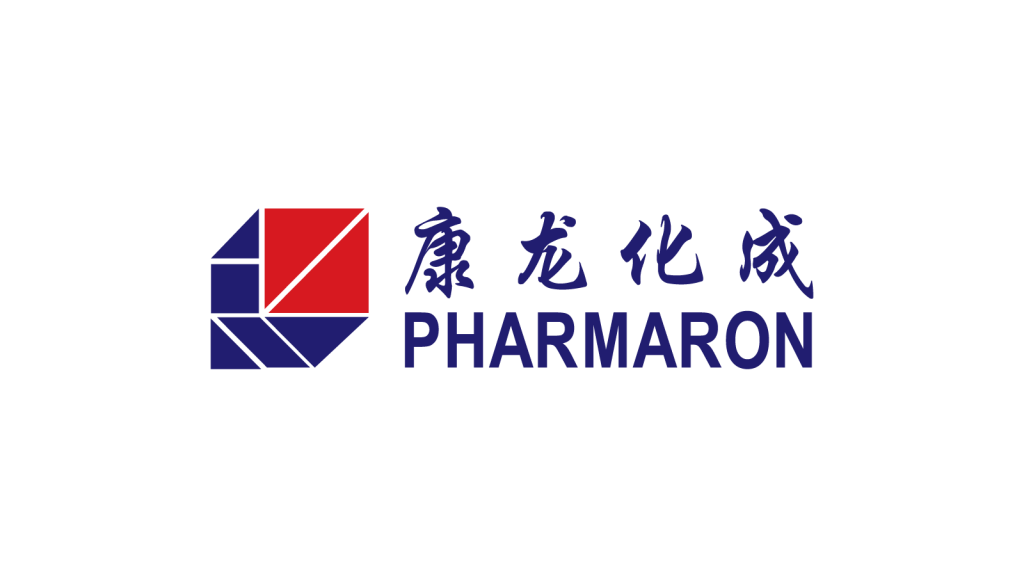In the rapidly evolving field of adeno-associated virus (AAV) manufacturing, the focus is on creating well-defined, robust processing steps backed by fast, reliable, and high-throughput analytical methods to ensure consistent product quality. One of the key challenges in AAV analysis is the characterization of different AAV serotypes and quantifying the ratio of the empty to full capsid.
Common Challenges in AAV Analytics
- Innacurate Quantification: Poor accuracy and inconsistent performance of analytical methods can hinder the analysis of biological samples.
- Incomplete Separation: Earlier conventional approaches only partially separated empty and full capsids.
- Lack of Serotype Selectivity:Only a few conventional methods offer serotype agnostic separation of AAVs.
- Complex Sample Analysis: Full percentage estimation in the complex upstream samples requires a combination of analytical methods.
With Cornerstone services, these common challenges in AAV manufacturing are addressed while providing a solution tailored to specific needs. From already established PCR, capillary electrophoresis, mass photometry, and chromatographic methods (AAV platform and PATfix AAV Switcher), to developing new analytical methods, Sartorius BIA Separations experts provide comprehensive analytical support throughout the entire manufacturing process.
Overcoming AAV Analytical Challenges
The integration of PATfix-enhanced ion exchange chromatography-based methods with complementary methods, including mass photometry, PCR, and gel electrophoresis (CE-SDS), delivers a comprehensive evaluation of AAV samples. It allows for quantification of empty and full capsids, while also identifying additional subpopulations and impurities.
- Reliable Quantification through Validated Methods
Quantification is provided using validated methods and confirmed by comparison of results across different analytical approaches. - Better Resolution of Empty and Full Capsids
The enhanced AEX chromatographic method achieves baseline separation between empty and full capsids, which together with mass photometry facilitates the detection of AAV subpopulations. The heterogeneity of AAV samples is further uncovered with aggregate and impurity tracking.
- Serotype Diversity
Mass photometry and dPCR allow quantification of a wide range of AAV serotypes. Chromatographic methods are constantly improved and applicable to a diverse set of serotypes.
- Complex Sample Analysis Simplified
PATfix chromatography allows the determination of the empty and full ratio in harvest samples or spent media, based on MALS and FLD signals. This combination is crucial to achieve high sensitivity for target AAVs while keeping the background noise at bay. Integration of data from multiple analytical methods offers further insights into diverse aspects of complex samples.
AAV Capsids Separation is Critical for Advancing Gene Therapies

Why Choose Cornerstone AAV Process Analytics Services?
By partnering with Cornerstone AAV Process Analytics Services, the following benefits are offered:
- Accurate detection and quantification of AAV.
- Comprehensive capsid separation with insights into different AAV subpopulations.
- Analysis over a wide range of serotypes.
- Cutting-edge analytical tools for handling complex AAV samples.
Additional Resources

Read the article AAV Capsids Separation is Critical for Advancing Gene Therapies for more detailed insights
Hear From Our Customers
Ready to Discuss Your Project?
FAQ About Services for AAV Process Analytics
Samples are analyzed using established PATfix chromatographic methods, dPCR, capillary electrophoresis (CE-SDS) and mass photometry. Method development and validation are available for all of these.
Analytical testing for impurity profiling and detection, AAV recovery assessments, and different AAV capsid separation in DSP samples is offered.
The multi-wavelength UV-Vis detector, fluorescence detector, and multi-angle light scattering (MALS) detector monitoring nine angles are used. By using different detectors, detailed sample information is obtained in a single analytical run.
The key parameters include the choice of stationary phase (column chemistry), mobile phase composition (e.g., screening of elution salts, elution pH), flow rate, temperature, and gradient elution profiles (e.g., gradient slope).
Consult Our Experts
Our experts would be happy to discuss your project. Fill the contact form below or send us an email to cornerstone@biaseparations.com






